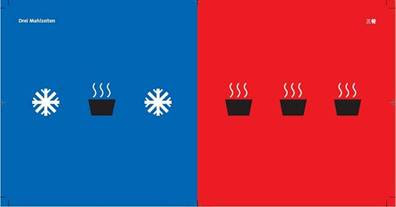What exactly is the grass jelly or cinchau?

Grass jelly is made by mixing and boiling the extract (gum) obtained from aged and the slightly oxidized stalks and leaves of Mesona chinensis which is grown in China and Taiwan (member of the mint family or labiatae) for several hours with a little starch (usually tapoica starch but wheat and corn starch can produce better gelation effect) (if heated to a certain temperature and then cooling the liquid will produce a gelatin-like jelly). Potassium Carbonate or Sodium Carbonate (baking soda) is added to give it a high pH or alkaline condition which is optimum for the formation of the gelatin-like condition. The jelly itself has a slight bitter taste and is a translucent black. Different species of Mesona are found in South China and throughout Southeast Asia. In Indonesia Mesona palustris is cultivated and used in place of Mesona chinensis.


Cinchau are cut into small pieces and mixed with sugared water or more often with coconut or soya bean milk to make into a drink. Sometimes, cinchau are mixed with other ingredients such as cordial sarsi (sarsaparilla), sago pearl, chendol, agar-agar, etc. In Kuching, you have such desserts with fanciful names that include cinchau and shaved ice as one of the ingredients like white lady, materhorn, red spot and so forth.































